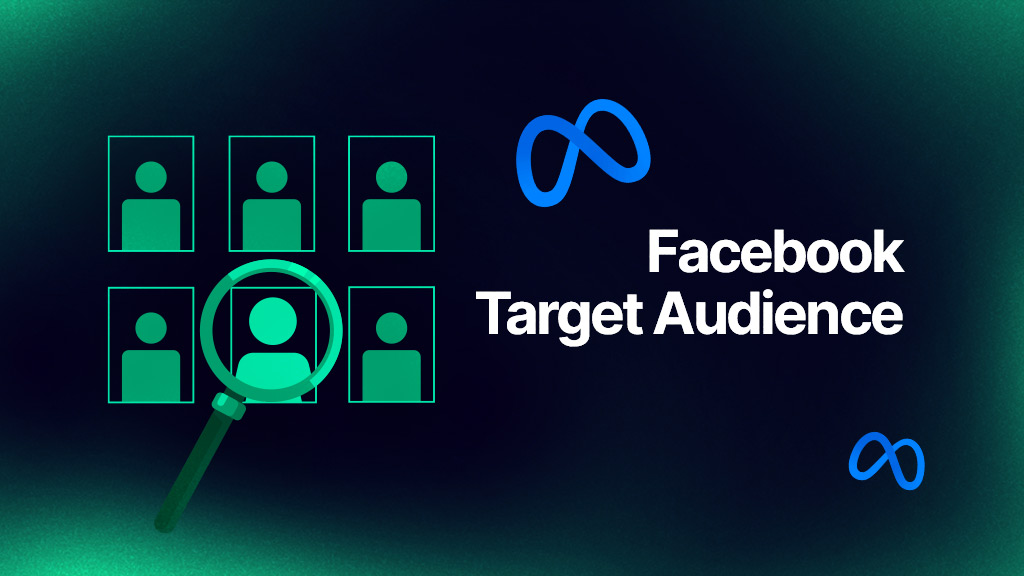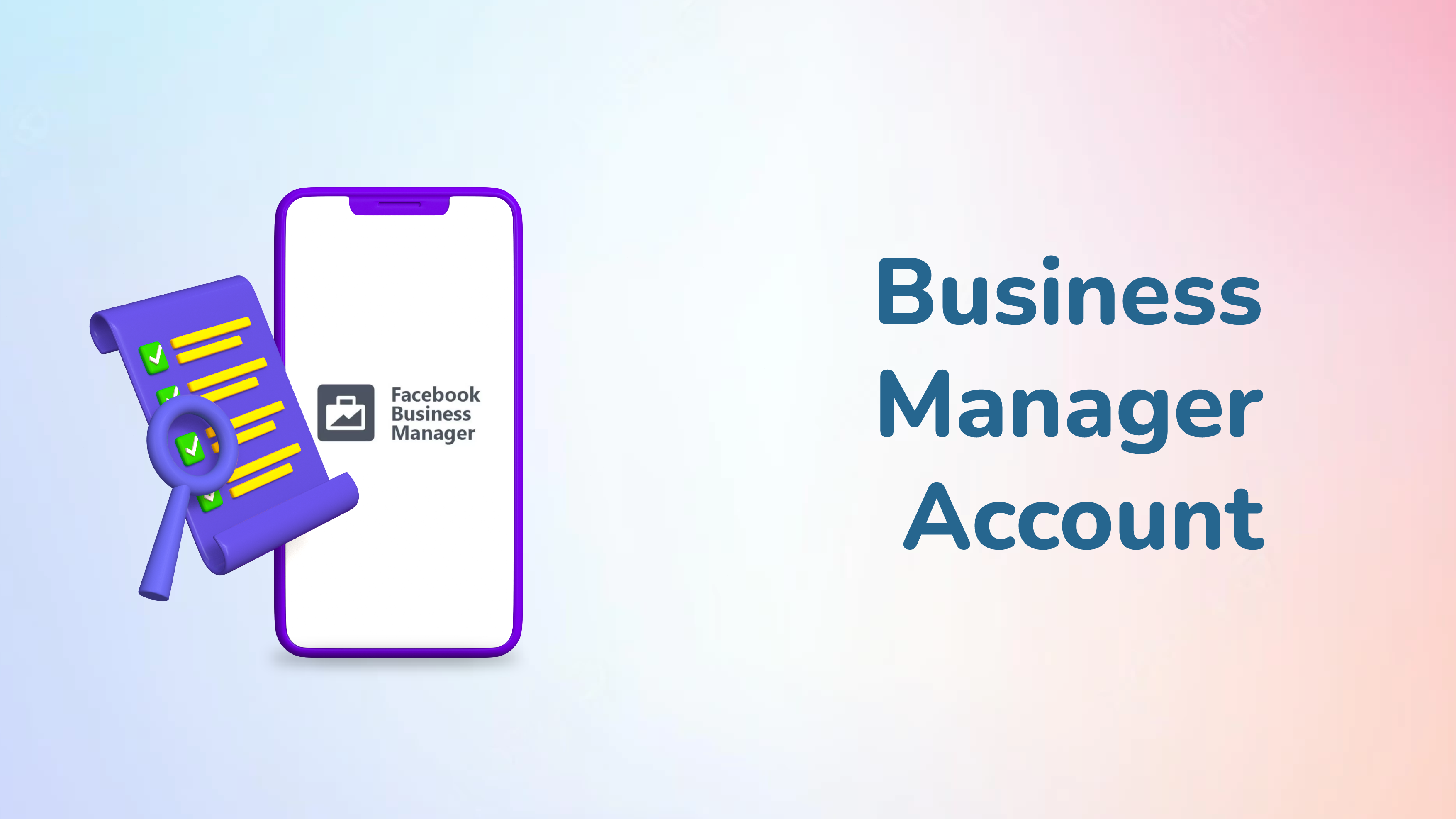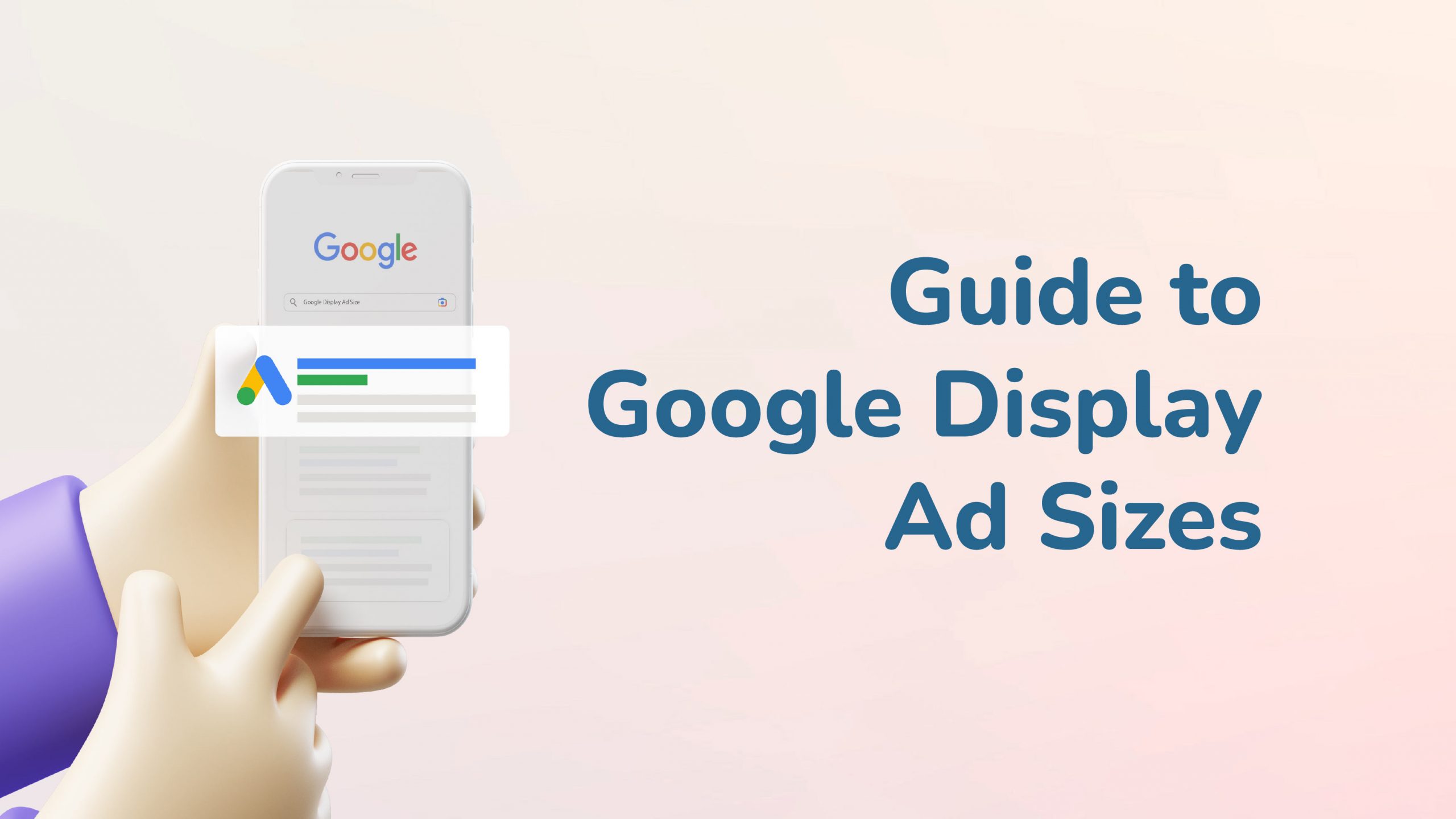Facebook Target Audience

Table of Contents
- What are Facebook Ads Target Audiences?
- Types of Facebook Target Audiences
- How to Target Audience on Facebook Ads?
In the ever-growing world of digital marketing, reaching the right Facebook target audience is important. The ability to precisely target your audience can make or break a campaign’s success. With Facebook target audiences, advertisers have access to a variety of tools and strategies to target the right audience on Facebook ads.
However, effective targeting is not just about reaching the right people it also plays a crucial role in managing your advertising budget efficiently. Understanding the cost of Facebook ads can help you allocate your resources wisely and ensure that your campaigns generate the best possible return on investment.
This blog will be your guide to exploring the power of Facebook target audience. We’ll dive into what they are, the different types available, and how to use them for focused targeting in your next Facebook Ads campaign.
Whether you’re a seasoned advertiser looking to refine your targeting approach or a newcomer eager to learn the ropes, understanding Facebook target audience options is essential for achieving your marketing goals. So, get ready to take your Facebook marketing to the next level!
What are Facebook Ads Target Audiences?
Facebook target audiences are crucial for effective advertising on the platform. They act like virtual filters, allowing you to pinpoint the specific groups most likely to be interested in what you’re offering. By defining these Facebook targeting audiences based on demographics, interests, and behaviors, you ensure your ad reaches the right people at the right time.
By using tools such as Custom Audiences, Lookalike Audiences, and Saved Audiences, advertisers can tailor their campaigns to reach users who are most likely to engage with their brand and convert into customers.
Understanding the details of these audience types is essential for creating successful Facebook ad campaigns that deliver real results. Let’s dive deeper into the various types of Facebook target audiences and how they can be used to drive success.
Types of Facebook Target Audiences
When it comes to targeting audiences on Facebook, advertisers have access to several powerful tools to help narrow down their target demographic. Let’s explore the best types of Facebook Ad audience to target:
Custom Audience
Custom Audience is a powerful tool in Facebook advertising, allowing advertisers to target individuals who have already interacted with their brand in some capacity. This interaction could be as simple as visiting the advertiser’s website, engaging with their app, or being part of a customer email list.
By using existing customer data, advertisers can create highly tailored campaigns aimed at specific segments of their audience. Creating a Custom Audience begins with uploading a list of customer information, such as email addresses or phone numbers, to Facebook’s Ads Manager.
Facebook then matches this information with user profiles on the platform, creating a unique audience segment comprised of individuals who have already shown an interest in the advertiser’s brand.
Custom Audiences offer several benefits for advertisers:
- Personalized Messaging: Advertisers can create highly personalized ads tailored to the interests and behaviors of individuals within the Custom Audience, increasing the likelihood of engagement and conversion.
- Retargeting: Custom Audiences allow advertisers to retarget users who have previously interacted with their brand but may not have converted. By staying top-of-mind with these users, advertisers can encourage them to take the desired action, whether it’s making a purchase or signing up for a newsletter.
- Cross-Selling and Up-Selling: Custom Audiences enable advertisers to target existing customers with complementary products or services, driving additional sales and increasing customer lifetime value.
- Lookalike Audience Expansion: Once a Custom Audience has been established, advertisers can use it as a basis for creating Lookalike Audiences. Facebook identifies users who share similar characteristics to those in the Custom Audience, allowing advertisers to expand their reach while maintaining relevance.
Custom Audiences are a valuable Facebook target audience type for advertisers looking to increase the effectiveness of their Facebook ad campaigns. Advertisers can create more meaningful connections with their audience and drive better results by targeting individuals who have already demonstrated an interest in their brand.
Lookalike Audience

Lookalike Audience is a powerful type of Facebook target audience offered by Facebook that allows advertisers to expand their reach beyond their existing customer base. By using the characteristics of a Custom Audience, Lookalike Audiences enable advertisers to target new users who share similar attributes and behaviors.
The process of creating a Lookalike Audience begins with selecting a source audience, typically a Custom Audience comprised of individuals who have already interacted with the advertiser’s brand. Facebook then analyzes the traits and attributes of these users, such as demographics, interests, and purchasing behavior, to identify patterns and similarities.
Using this analysis, Facebook identifies a larger group of users who exhibit similar characteristics to those in the source audience. These users comprise the Lookalike Audience and represent a new pool of potential customers who are likely to be interested in the advertiser’s products or services.
Lookalike Audiences offer several benefits for advertisers:
- Reach Expansion: By targeting users who share characteristics with their existing customer base, advertisers can significantly expand their reach and connect with new users who are more likely to engage with their ads.
- Improved Ad Relevance: Lookalike Audiences are naturally more relevant than broad targeting options, as they are based on the attributes of users who have already shown an interest in the advertiser’s brand. This increased relevance can lead to higher engagement rates and better ad performance.
- Efficient Campaigns: By focusing on users who are similar to their existing customers, advertisers can optimize their ad campaigns for maximum efficiency and effectiveness. This targeted approach ensures that ad spend is allocated towards users who are most likely to convert, resulting in a higher return on investment.
- Continuous Optimization: As the advertiser’s customer base evolves, so too can their Lookalike Audience. Advertisers can ensure that their campaigns remain relevant and effective over time by regularly updating the source audience and refreshing the Lookalike Audience.
Lookalike Audiences are a valuable tool for advertisers looking to expand their reach and connect with new users who are likely to be interested in their offerings. By using the characteristics of their existing customer base, advertisers can create more targeted and efficient ad campaigns that drive real results.
Saved Audience
Saved Audiences provide advertisers with the flexibility to create highly specific target audiences based on demographics, interests, behaviors, and more. Unlike Custom Audiences, which are based on existing customer data, Advertisers manually curate Saved Audiences to reach users who match certain criteria.
Creating a Saved Audience is a straightforward process within Facebook’s Ads Manager. Advertisers can define their Facebook target audience by selecting various parameters such as age, gender, location, interests, behaviors, and more. They can also save these audience settings as Facebook target audience list for future use, making it easy to target similar groups in subsequent campaigns.
Saved Audiences offer several advantages for advertisers:
- Precise Targeting: Advertisers have full control over the criteria used to define their Saved Audience, allowing them to target users who are most likely to be interested in their products or services. This precision helps increase the relevance of ads and improve overall campaign performance.
- Segmentation: Saved Audiences enable advertisers to segment their target audience Facebook into distinct groups based on different criteria. This segmentation allows for more tailored messaging and offers, helping to better meet the needs and preferences of each audience segment.
- Campaign Optimization: By targeting specific demographics, interests, or behaviors, advertisers can optimize their ad campaigns to focus on the most valuable audience segments. This targeted approach can lead to higher engagement rates, lower costs per click, and increased return on investment.
- Flexibility: Saved Audiences can be easily adjusted and updated to reflect changes in the advertiser’s marketing goals or target audience preferences. Advertisers can refine their audience settings over time based on campaign performance and audience feedback.
Saved Audience is a valuable tool for advertisers looking to reach their ideal Facebook target audience demographic. By defining specific criteria and segmenting their best target audience for Facebook ads accordingly, advertisers can create more effective ad campaigns that resonate with their audience and drive meaningful results.
How to Target Audience on Facebook Ads?

Targeting the right audience is important for the success of your Facebook ad campaigns. Fortunately, Facebook offers a variety of powerful tools and audience ad targeting options to help advertisers reach their desired audience effectively. Let’s explore four key strategies for Facebook ads audience targeting:
1. Facebook Demographic Targeting
Facebook’s demographic targeting options allow advertisers to refine their audience based on specific demographic characteristics, helping to ensure that their ads are shown to the most relevant users. Here are some key factors of Facebook target audience demographics that advertisers can target:
- Age: Advertisers can specify the Facebook target audience age, ensuring that their ads are seen by users within a certain age group.
- Gender: Gender targeting allows advertisers to tailor their ads to male, female, or all genders, depending on the products or services being promoted.
- Location: Location targeting allows advertisers to target users based on their geographical location, including countries, regions, cities, and even specific postal codes.
- Language: Language targeting enables advertisers to reach users who speak a particular language, ensuring that their ads are presented in the appropriate language for the Facebook target audience.
- Education: Advertisers can target users based on their level of education, including options such as high school, college, and postgraduate education.
- Relationship Status: Relationship status targeting allows advertisers to target users based on their relationship status, including options such as single, in a relationship, engaged, married, and more.
By using demographic targeting, advertisers can tailor their ad campaigns to specific segments of the population, increasing the relevance of their ads and improving overall campaign performance.
Whether targeting users based on age, gender, location, or other demographic factors, Facebook’s advanced targeting options provide advertisers with the tools they need to reach their desired Facebook ads target audience demographics effectively. To improve your campaign visibility and ensure your visuals are displayed correctly, always check your creative dimensions with our free Facebook post size guide.
2. Facebook Behavior & Interest Targeting
Behavior and interest targeting on Facebook allows advertisers to connect with users based on their online behaviors, interests, and preferences. By using user data, advertisers can target individuals who are likely to be interested in their products or services. Here are some key aspects of behavior and interest targeting:
- Interests: Advertisers can target users based on their interests, hobbies, and activities. This could include interests related to specific industries, hobbies, or topics such as technology, fitness, travel, fashion, and more.
- Behaviors: Behavior targeting enables advertisers to reach users based on their online behaviors and activities. This could include behaviors such as purchasing behavior, device usage, travel preferences, and more.
- Engagement: Advertisers can target users based on their engagement with Facebook content, such as liking pages, interacting with posts, or participating in events. Targeting users who have previously engaged with similar content can increase the likelihood of engagement with ads.
- Affinity Audiences: Affinity audiences are predefined audience segments based on users’ interests and behaviors. These Facebook target audiences are created by Facebook and can help advertisers reach users who are passionate about specific topics or industries.
Behavior and interest targeting allow advertisers to reach users who are actively interested in topics related to their products or services, increasing the relevance of their ads and improving overall campaign performance.
By understanding the interests and behaviors of their Facebook marketing target audience, advertisers can create more engaging ad campaigns that resonate with their audience and drive better results.
3. Facebook Custom Audience Targeting

Facebook’s Custom Audience targeting feature allows advertisers to connect with users who have already interacted with their brand in some way. By using existing customer data, advertisers can create highly personalized ad campaigns tailored to specific segments of their audience. Here’s how Custom Audience targeting works:
- Website Visitors: Advertisers can create Custom Audiences based on users who have visited their website or specific web pages. This allows advertisers to retarget users who have shown interest in their products or services but may not have made a purchase.
- App Users: Custom Audiences can also be created based on users who have engaged with a mobile app or taken specific actions within the app. Advertisers can target users based on app activity, such as app installs, purchases, or in-app events.
- Customer Lists: Advertisers can upload customer lists, such as email addresses or phone numbers, to Facebook’s Ads Manager. Facebook then matches this customer data with user profiles on the platform, allowing advertisers to target existing customers with relevant ads.
- Engagement on Facebook: Custom Audiences can be created based on users’ engagement with Facebook content, such as liking a page, commenting on a post, or participating in an event. Advertisers can retarget users who have interacted with their brand on Facebook, encouraging further engagement or conversions.
Custom Audience targeting allows advertisers to reach users who are already familiar with their brand, increasing the likelihood of engagement and conversion. By delivering personalized ads to users who have already shown interest in their products or services, advertisers can nurture relationships and drive repeat business.
In conclusion, mastering Facebook ad audience targeting capabilities is essential for advertisers looking to increase the effectiveness of their ad campaigns. By understanding the various types of Facebook Target Audiences—Custom Audiences, Lookalike Audiences, and Saved Audiences—and how to effectively use them, advertisers can reach the right people with the right message at the right time.
Whether it’s leveraging demographic targeting to refine audience segments, using behavior and interest targeting to connect with users based on their online behaviors, or leveraging Custom Audience targeting to reach users who have already interacted with their brand, Facebook offers a range of tools to help advertisers achieve their marketing goals.
Advertisements can create highly targeted ad campaigns that drive meaningful results by experimenting with different Facebook audience targeting strategies, monitoring campaign performance, using Facebook target audience tools, and continuously optimizing their approach. To make this process easier and more efficient, consider using our expert Facebook optimization services.

How to Find Your Target Audience within Facebook Ads?
Determining your Facebook ad target audience involves a combination of research, experimentation, and analysis. Start by defining your ideal customer profile, including demographics, interests, and behaviors.
Then, use Facebook targeting options list, such as demographic targeting, interest targeting, and Custom Audience targeting, to narrow down your audience. Test different targeting criteria, monitor campaign performance, and adjust your targeting strategy based on the results.
What are the Benefits of Using Facebook Audience Targeting?
Facebook Audience targeting offers advertisers increased relevance by reaching specific audience segments, leading to higher engagement and better results. It also improves cost efficiency by focusing ad spend on users likely to convert. Custom Audience targeting increases repeat business and loyalty. To summarize, Facebook Audience targeting enables advertisers to create personalized, effective ad campaigns that maximize ROI.
What are the Common Mistakes When Using Facebook Audience Targeting?
Common mistakes include overly broad Facebook ad targeting, neglecting Custom Audiences, ignoring data analysis, and not testing different strategies. Avoiding these pitfalls and refining targeting strategies based on performance data can optimize Facebook target audience efforts for better results.
What Is the Best Target Audience for Facebook?
The best Facebook ads target audience depends on your business, product, or service. Generally, an ideal audience is one that aligns with your business goals and consists of people who are most likely to engage with your content or purchase your product. Facebook allows you to refine your audience based on demographics, interests, behaviors, and location. For example, e-commerce businesses often target users interested in online shopping, while local businesses may focus on audiences within a specific geographic radius.
What Age Is the Facebook Target Audience?
The target audience on Facebook covers a wide range of age groups, but the platform is most popular among users aged 25 to 34. However, depending on your business, you may find audiences in other age groups just as valuable. For example, younger users (18-24) are highly active in specific niches, while older users (35+) are often engaged in family-oriented or professional content. Facebook Ads Manager allows you to customize your audience by selecting specific age ranges to match your ideal customer profile.
How to Find Your Facebook Target Audience?
To find your target audience of Facebook, start by analyzing your existing customers to identify their demographics, interests, and behaviors. Use Facebook’s Audience Insights tool to gain a deeper understanding of potential audiences by examining their activity, page likes, and demographics.
Additionally, experiment with different targeting criteria in Facebook Ads Manager, such as interests, age, location, and behaviors, to optimize your audience. Running A/B tests can also help you determine which audience performs best for your campaigns.




Thank you for your post.Really looking forward to read more. Cool.
Thanks Celina, stay tuned!
So Great 😃😃